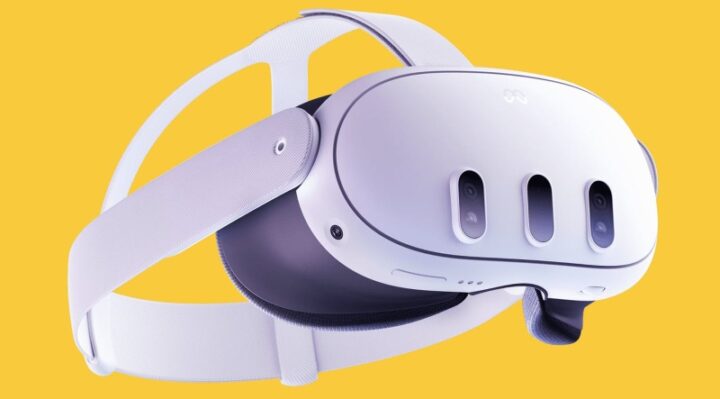
Apple’s ridiculously costly Vision Pro headset, which will set you back $3,499, finally makes its debut today. However, Meta has beaten Apple by integrating spatial video playback, a distinguishing feature of the Vision Pro, into its far less expensive Quest 3 headgear.
Starting on February 7, owners of Quest 2, Quest 3, and Quest Pro will progressively receive spatial video capabilities with Meta’s new v62 software upgrade. Users with Meta headsets may now watch 3D spatial videos that were shot using an iPhone 15 Pro, Pro Max, or Vision Pro. These videos, which can last up to 20 minutes, can also be uploaded to the Meta Quest app and accessed by users through the Files menu on their headset.
In simple terms, 6DOF (6 degrees of freedom) films are spatial videos. This implies that you will be able to move and adjust the perspective appropriately when watching a spatial video.
Nevertheless, the Quest 3 significantly undercuts the Vision Pro’s outrageous cost of $3,00 at just $499. In the process of creating the metaverse, Meta suffered significant losses. The Quest 3’s addition of the highly sought-after Vision Pro function helps Meta stand out from Apple’s expensive headset.
On his Instagram broadcast feed, Meta CEO Mark Zuckerberg gave a sneak peek at the upcoming functionality by providing a “early look at spatial video playback on Quest.” A short video clip of a Quest 3 showing a spatial video of trees was included in his post.
Along with these new pinch gestures, the v62 update also adds a new “pinch and release” to launch the universal menu and a “pinch and hold” to recenter the screen. Additional enhancements include improved Quest Link with 120Hz refresh rates for PCVR titles, support for external gamepads in the Quest Browser for streaming games, and new continuity features to resume tasks across VR apps.
Meta is trying to burst Apple’s bubble just before the Vision Pro goes on sale by stealing spatial video functionality. While the Vision Pro still offers many functions, users of Meta and Quest 3 will greatly benefit from spatial video capability.

